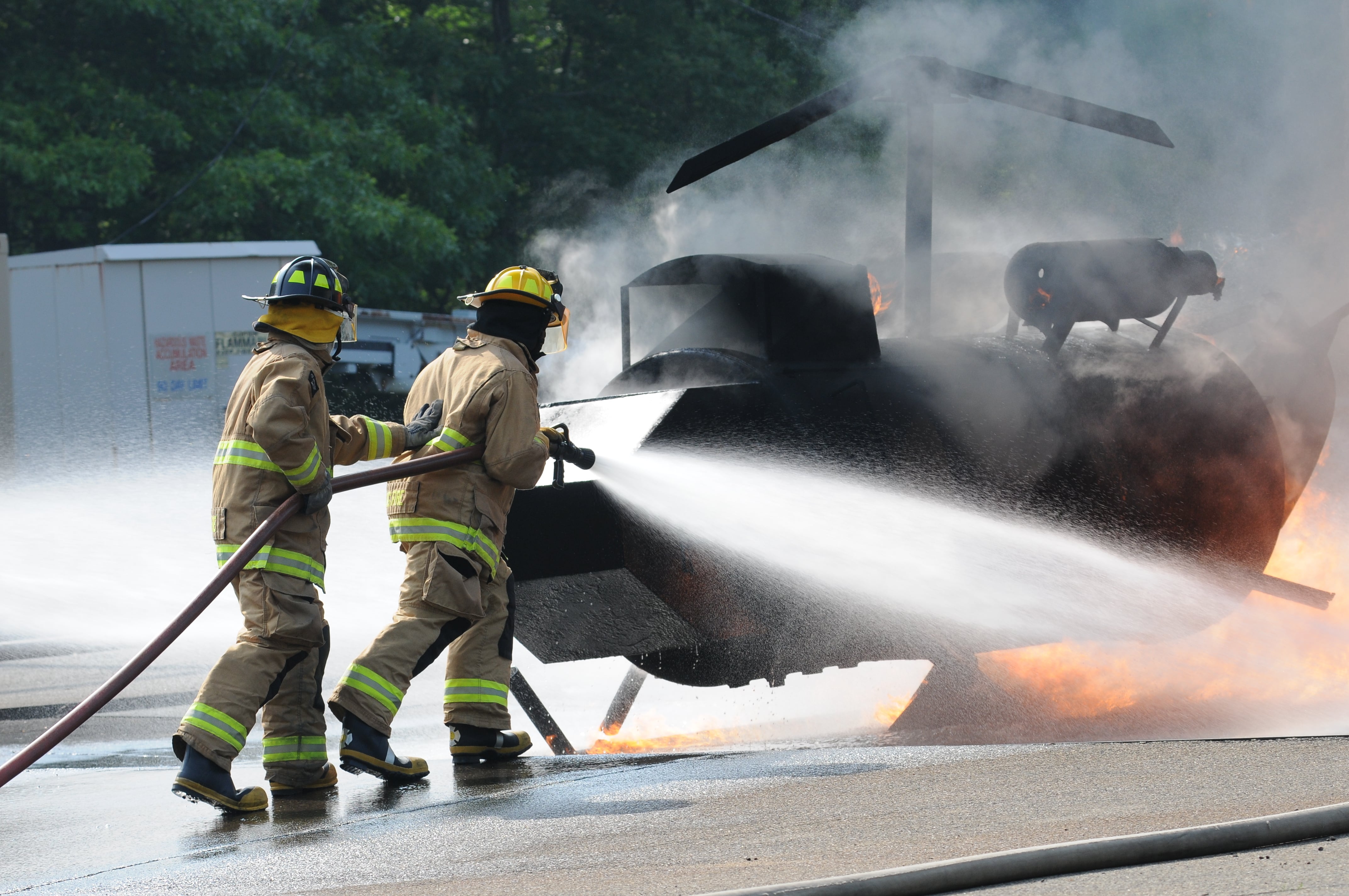Andersen Air Force Base in Guam has been fined by the territory’s Environmental Protection Agency for using pool chlorination tabs that were classified as a pesticide to sanitize some of its drinking water.
Andersen said in a release Saturday that it had used Pool Time chlorination tabs to sanitize the water in a half-million gallon storage tank, which provided water to facilities on its Northwest Field.
But those chlorination tabs have been classified by the Guam EPA as a pesticide, Andersen said. The base said it stopped using those tabs as soon as it found out.
Andersen said that while the chlorination tab was improperly used, the water was safe to drink at all times.
“Both Guam EPA and Andersen AFB concluded that the use of the Pool Time chlorination tabs would not result in any adverse health effects,” Andersen said in the release. “Andersen AFB conducts routine analysis of its water supply and at no point was it deemed unsafe.”
RELATED

The Guam EPA on Jan. 22 issued a violation notice to the base’s civil engineer, Lt. Col. Todd Inouye. That notice said EPA representatives discovered the improper use of the chlorination tabs — which contain the active ingredient trichloro-s-triazinetrione — during a routine sanitary inspection on Dec. 28.
The tabs are only meant to be used in swimming pools, and are not intended to be used to sanitize drinking water, the Guam EPA said in the notice.
The Guam EPA issued a $750 fine to Andersen, which the base agreed to pay. Andersen personnel who may have been exposed to the drinking water were also sent a public notice on Jan. 15 about the contamination.
That Northwest Field tank does not provide water to any other parts of Andersen, the base said.
In a fact sheet provided by Andersen, the base said that bioenvironmental tests performed on the water confirmed it remained potable. Nevertheless, the Guam EPA ordered the tank to be drained and flushed as a precaution.
Andersen’s fact sheet said it has no record of when the chlorination tabs were used. For that reason, the base is still negotiating another fine for $1,700 fine with the Guam EPA.
The personnel involved in operating and maintaining the water system have been disciplined, counseled, and given additional training, Andersen said. New procedures have been put into place requiring regular internal inspections of all systems with environmental permits, and requiring environmental experts be notified when the usual methods of sanitizing water are unavailable.
The safety of water at military bases and other installations has come under scrutiny in recent years. Last year, the Pentagon released a report that found the water at or around at least 126 military installations contained potentially harmful levels of perfluorinated compounds, which could cause cancer and developmental delays for fetuses and infants. Those compounds are found in the foam used to put out aircraft fires, and have contaminated groundwater and well water at scores of installations.
Stephen Losey is the air warfare reporter for Defense News. He previously covered leadership and personnel issues at Air Force Times, and the Pentagon, special operations and air warfare at Military.com. He has traveled to the Middle East to cover U.S. Air Force operations.




